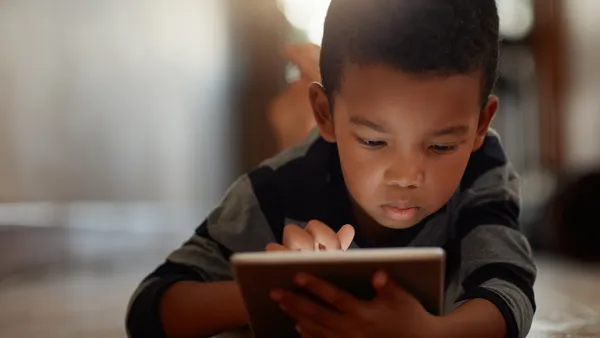Dive Brief:
- Teacher Mary Davenport uses a learning style called "Circle Practice," which she culled from restorative justice techniques to support better communication and community among her students, as she writes for Edutopia.
- As part of the process, she sets up a physical space, crafting guidelines and also choosing an object that indicates who is speaking at the time to set the tone.
- Circles can be used to help students get to know each other and even support academic learning, creating an informal space where pupils can work together on writing prompts or research.
Dive Insight:
Peer learning is one method educators adopt to enhance learning in classrooms and is found in both academic lessons and also after-school maker spaces. It’s hardly a new idea, stemming from the Socratic method, where ideas are spoken aloud and challenged to foster critical thinking.
The process is a common collaboration technique — one used successfully in schools and workplaces alike, and commonly referred to as brainstorming. With educators guiding the process, peer learning can be very effective, particularly as a counterpoint to lectures. In this way, students learn by giving voice to ideas of their own and then testing them against concepts from their peers.
As a 2016 meta-study published in the American Educational Research Journal reported, those who received help from their fellow pupils not only performed better academically, but also felt better about the material they had gleaned. These positive experiences ultimately reinforce learning, producing more significant outcomes.











 Dive Awards
Dive Awards



